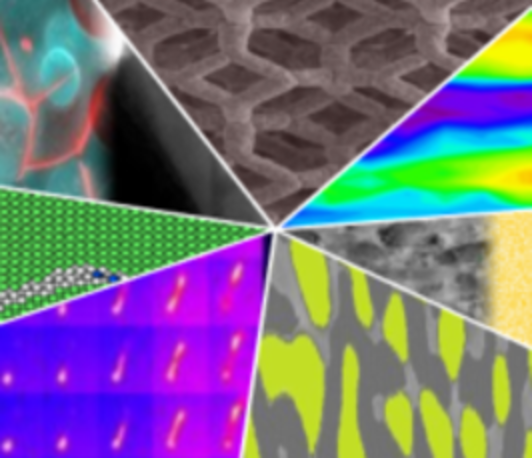Combining polarized Raman spectroscopy and micropillar compression to study the anisotropic microscale compressive behavior of bone at high strain rates
- Date: May 17, 2023
- Time: 02:00 PM - 03:00 PM (Local Time Germany)
- Speaker: Dr. Cinzia Peruzzi
- Computational Engineer with Reishauer AG in Switzerland and doctoral degree from ETH Zurich
- Location: Max-Planck-Institut für Eisenforschung GmbH
- Room: CM Conference Room Nr. 1174
- Host: on invitation of Dr. Rajaprakash Ramachandramoorthy and Prof. Gerhard Dehm

Bone is a natural composite with a hierarchical structure. Therefore, it is important to study the mechanical properties at the different length scales and the orientations of its components. We calibrated polarized Raman spectroscopy to determine the collagen fibril orientation in a quantitative way. We were then able to determine the micromechanical properties of cortical bovine bone depending on the mineralized collagen fibril angle that ranged from 0° to 82° using micropillar compression. Furthermore, we conducted micropillar compression experiments on the cortical ovine bone to assess the anisotropic mechanical response over a wide range of strain rates including strain rates experienced during accidents (10-4 to 8·102 s-1). A strong dependence of the compressive micromechanical properties on the mineralized collagen fibril orientation was found as well as a strain rate sensitivity that is similar to the strain rate sensitivity known at the macroscale. This study highlights the importance of investigating bone behavior at lower length scales, known mineralized collagen fibril orientation, and clinically relevant strain rates.